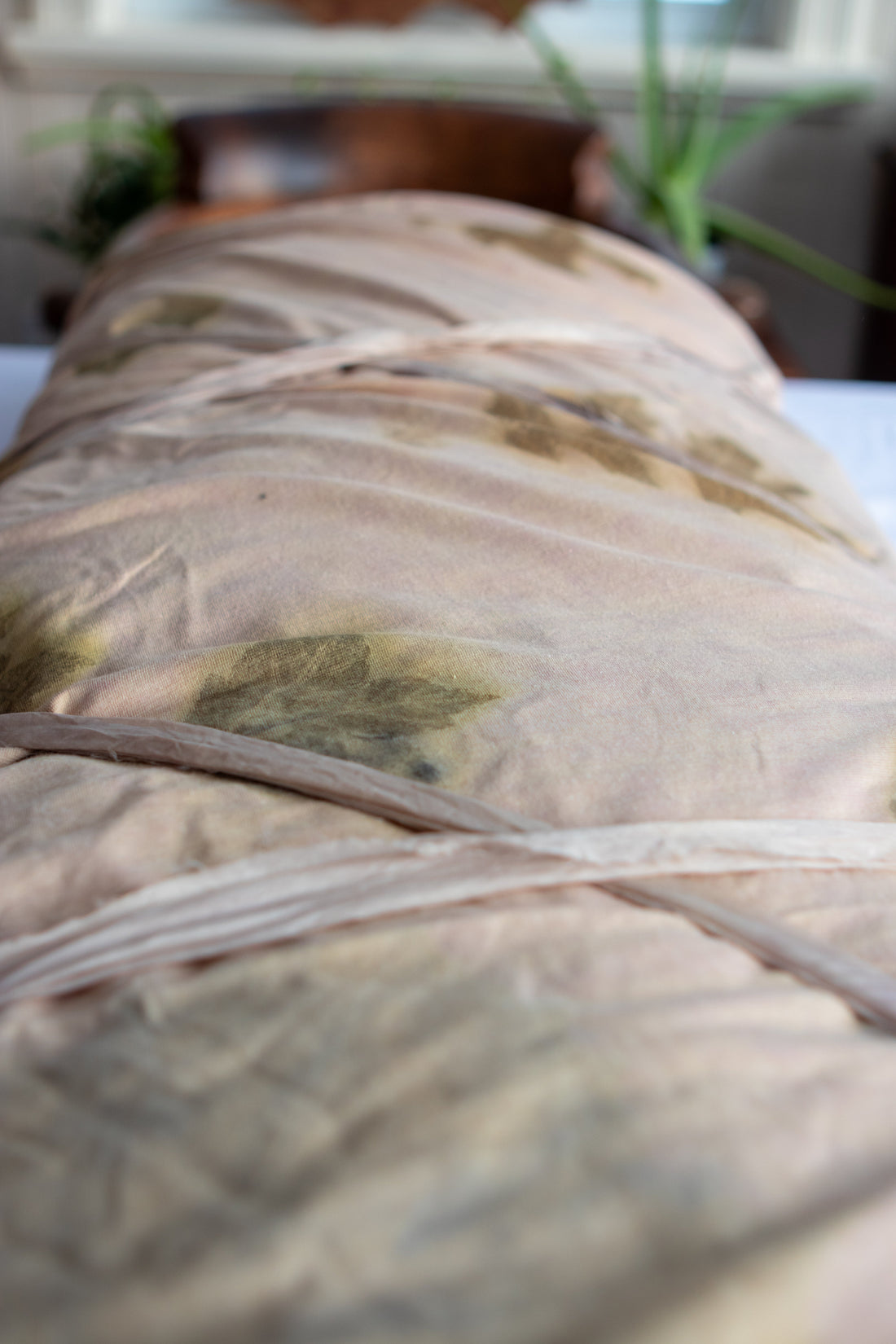Planning a Home Funeral: A Gentle Introduction
In a world where funeral traditions are often rushed and medicalized, more families are rediscovering the quiet power of home funerals — a way to care for the body of a loved one, together, in a familiar space.
A home funeral is not about doing everything alone. It’s about slowing down. Creating ceremony. Honouring grief in a setting filled with love, memory, and meaning.
This guide offers a gentle introduction to home funeral planning — a process rooted in simplicity, presence, and natural care.
What Is a Home Funeral?
A home funeral is a family- or community-led approach to after-death care. Instead of transferring the body immediately to a funeral home, the family keeps their loved one at home for a period of time (often 1–3 days), allowing space for rituals, reflection, and shared mourning.
This practice is legal in most places, provided you follow local regulations about death certificates and transportation.
Why Families Choose Home Funerals
-
It creates time. Time to grieve, to gather, to say goodbye with intention.
-
It reduces cost. Without embalming, body transfers, or commercial services, home funerals are often significantly more affordable.
-
It aligns with green values. Many home funerals lead directly into natural burial, using a simple biodegradable shroud instead of a casket.
-
It offers deep emotional connection. The process of caring for a body — bathing, dressing, holding vigil — can be profoundly healing.
Step-by-Step: How to Plan a Home Funeral
1. Know the Legal Requirements
-
Obtain a death certificate and burial permit (your local municipality or province will provide guidance).
-
Assign a funeral director if required — in many regions, you can act as your own.
-
Understand transportation and final disposition laws in your area.
2. Prepare the Space
-
Choose a peaceful room with natural light and soft surfaces.
-
Use flowers, photos, candles, and textiles to create a comforting atmosphere.
-
Place a cooling element under the body if it will remain in the home for several days (dry ice or cooling boards are commonly used).
3. Care for the Body
-
Wash and anoint the body using warm water and essential oils (optional).
-
Dress the body in simple clothing or wrap them in a natural burial shroud.
-
Keep the room cool, quiet, and gentle.
4. Create Meaningful Rituals
-
Read poetry, sing, or play music your loved one enjoyed.
-
Invite family to write messages or decorate the shroud with flowers or herbs.
-
Light candles, share stories, or simply sit in silence.
Do You Need a Funeral Home?
No — in many provinces and states, families can legally handle all aspects of after-death care themselves. However, you may choose to partner with a death doula, natural funeral director, or home funeral guide for support.
They can help with logistics, permits, and emotional guidance while allowing your family to remain at the centre of the process.
Choosing a Shroud for a Home Funeral
One of the most meaningful decisions is how to prepare the body. A biodegradable shroud offers a soft, simple alternative to a casket, allowing loved ones to wrap the body with care and reverence.
Our Sanctum shrouds are designed for exactly this moment — handmade from plant-based materials, with optional interior supports for lifting or carrying the body gently to the burial site.
Final Thoughts
Home funerals are not about perfection — they’re about presence. About returning to older ways of caring for our dead with love, dignity, and time. Whether you’re planning ahead or navigating loss in real-time, know that this is a path walked by many before you — and you are not alone.
If you have questions about home funeral planning or need help choosing a shroud, reach out to us. We're here to support your journey with care and compassion.

